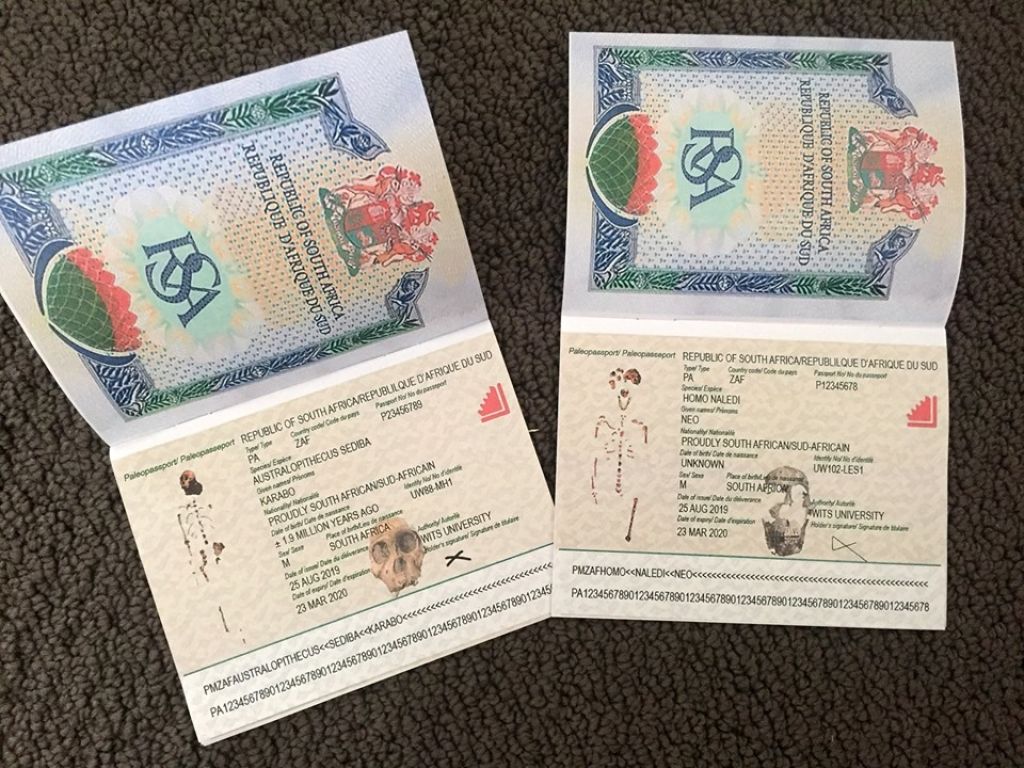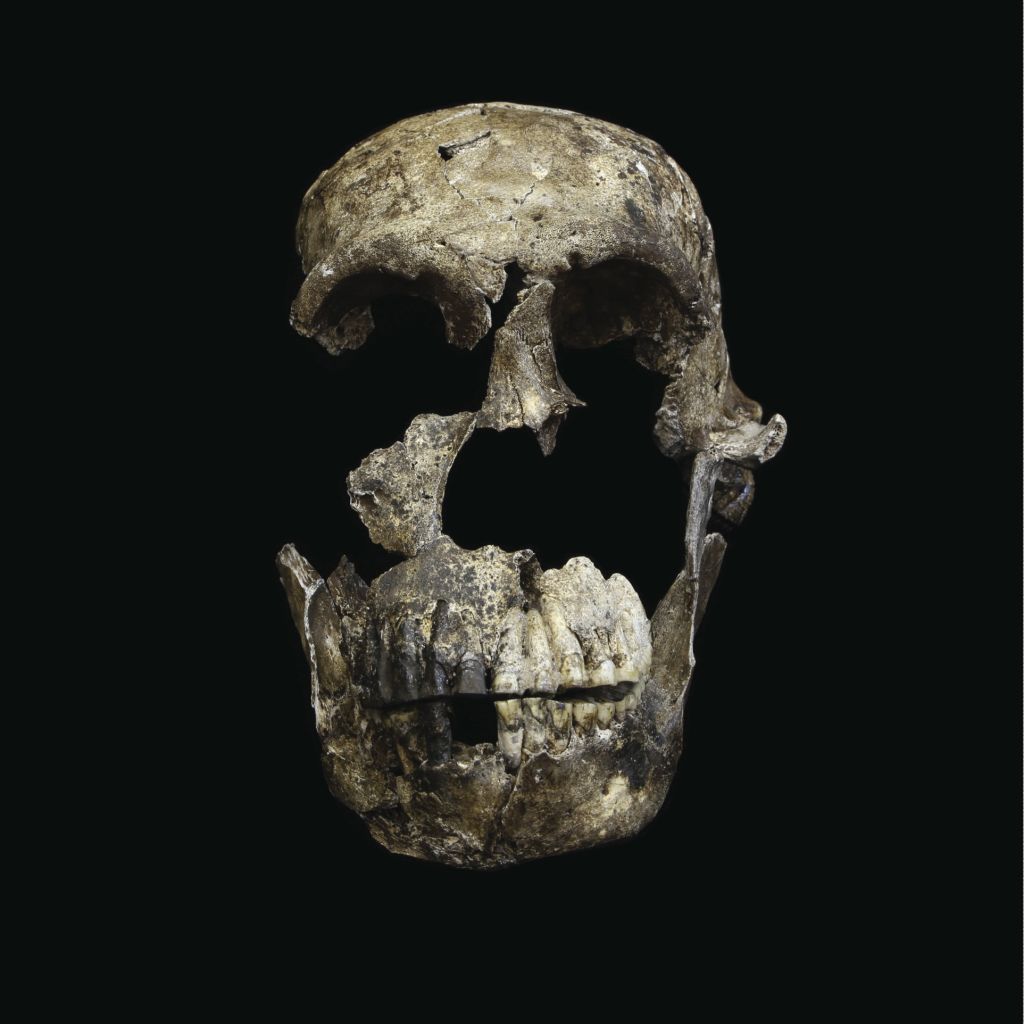Coming to America: South African fossils edition
An incredible journey has begun! For the first time ever, South African fossils from the Cradle of Humankind World Heritage Site have arrived in the United States of America! South Africa’s very own Australopithecus sediba (Karabo) and Homo naledi (Neo) have travelled halfway across the globe to Dallas, Texas.
This is not a holiday, of course, but rather a business trip. Karabo and Neo are the main headliners for an upcoming exhibition, Origins: Fossils from the Cradle of Humankind, hosted by the Perot Museum of Nature and Science.

National Geographic has described the discoveries of these two remarkable fossils as “one of the greatest fossil discoveries of the past half-century”. The Cradle of Humankind remains the only World Heritage Site in Gauteng, as well as one of the most prolific sites in the world in terms of the discovery of fossils of ancient human ancestors and extinct animals.
This is a fantastic opportunity for an international audience to come face-to-face with two iconic fossil remains from the Cradle of Humankind World Heritage Site, and reflect on the human journey and what it means to be human.
Origins: Fossils from the Cradle of Humankind is set to open for public viewing on 19 October 2019 and will remain on display for six months.
As the curator of the Maropeng and Sterkfontein Visitor Centre, and a member of the Rising Star excavation team, I am beyond excited to be attending the exhibition event. Not only will I be attending the opening of the exhibition, but I will also be given the opportunity to embed with the Perot Museum’s exhibition team and learn about the intricate details that go hand-in-hand with an exhibition of this nature.
I am really looking forward to this new adventure and the prospects of bringing this exhibition back to South Africa.
